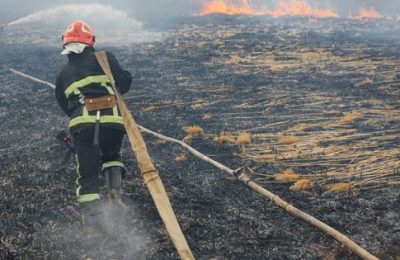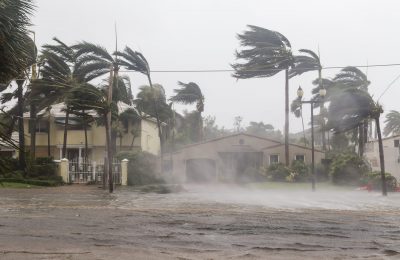Law Enforcement
Quickly Anticipate and Respond to Emergencies in the Community
Natural disasters other large scale emergency events pose significant challenges to governments, as common communication lines often experience overload or disruption, hampering emergency response efforts. However, massive amounts of web data are available and easily accessible for emergency response teams to use. The evolution of information sharing has become a critical element of awareness and effective large scale event response. People often use social networks to alert the public of crises and events in emergency situations, reporting locations and other relevant data. Proper use of this web data from vigilant monitoring and identification of location-based crises in various regions can benefit the resolution of natural disaster and other large scale emergencies.
Real-Time Alerts On
Requests For Assistance
Monitor activity across all layers of the web to generate real-time alerts regarding requests from assistance from victims and those impacted by large scale emergencies.
Assist Communities During Natural Disasters & Large Scale Events
Use intelligence generated from online activity to assist emergency response personnel with resource deployment.
Use Open Source Intelligence for Situational Awareness
Leverage open source intelligence for situational awareness around natural disasters and other large scale emergencies to keep first responders safe and communities secure.
Emergency Response Capabilities & Key Features
Time Savings
Save time using automated AI- powered web intelligence to quickly find potential victims during a nature disaster or other large scale event.
Virtual Fences
The platform is programmed with monitoring criteria such as ‘virtual fences’ that delineates relevant areas and keywords associated with that disaster.
Reveal Hidden Connections
Uncover hidden networks to visualize relationships online using automated algorithms.
Real-Time Alerts
Monitor for real-time alerts to enhance public safety and respond to emergency situations.
Situational Awareness
Instant analysis and reporting to assess the situation of those affected by the natural disaster.
Geolocation Intelligence
Easily search and analyze web content from geographically defined location-based radiuses to enhance emergency operations.
Emergency Response Use Cases
Emergency Response to Natural Disasters
Cobwebs’ AI-powered web intelligence solution protects helps communities impacted by natural disasters find victims to provide aid quickly. Our solution helps first responders understand online chatter related to the event to quickly find and render aid to those requesting assistance online.
Crisis Impact Assessment
First responders and emergency personnel can leverage web intelligence to understand the impact of a national or local crisis on the community. By analyzing online content, emergency personnel can provide further aid and resources based on this intelligence to help the communities impacted by the event.
Disaster Risk Reduction
Analysts can use automated web intelligence to minimize further damage and risk posed by a large scale emergency or natural disaster. By relaying real-time intelligence to decision makers, first responders can pivot or change tactics quickly based on additional risk assessments.
Conflict Preparedness and Response
By using automated web intelligence, emergency response personnel preparing for conflict or other large scale emergencies are equipped information regarding online threats and nefarious activity related to the event. This better equips personnel to mitigate risks during response and conflict.
Emergency Response Resources

Identifying Missing Victims
When wildfires broke out in a region after a 3-year long drought, nearly two million hectares were burned to the ground. Several thousand public and private buildings as well as communication lines were destroyed within hours.

Natural Disasters Case Study
Every year some 90,000 people around the world are killed by natural disasters, and another 160 million people are affected. When natural disaster strikes, maintaining clear lines of communication with the affected populace is key.

Locating Stranded Hurricane Victims for Dispatching Rescue Workers
How Cobwebs helped a local government agency to locate stranded hurricane victims for dispatching rescue workers